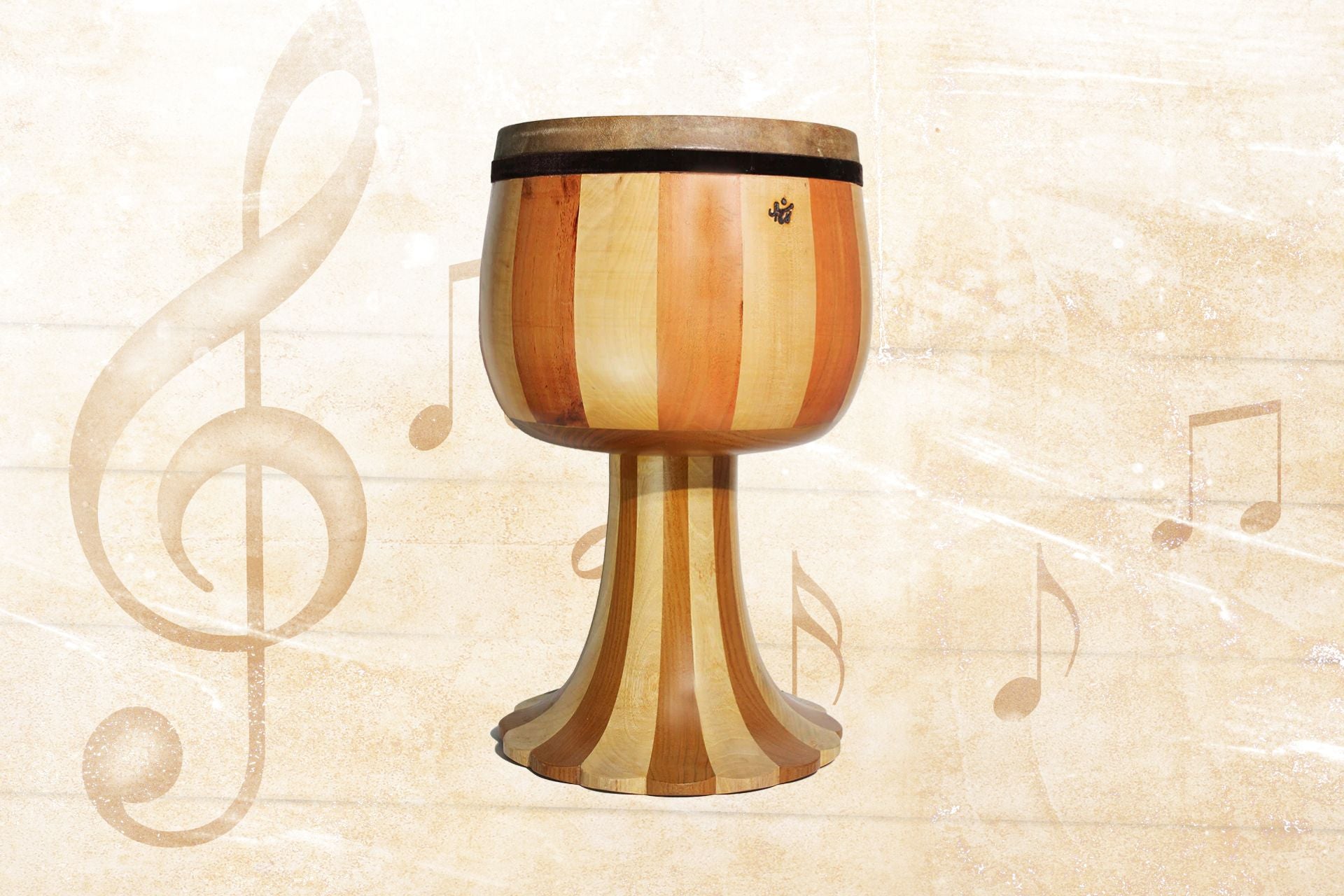General Articles
Exploring the Captivating Varieties of Tonbak: The Persian Classical Drum
The Tonbak, a prominent percussion instrument in Persian classical music, is renowned for its captivating rhythms and cultural significance. With its rich history and diverse range of types, the Tonbak has played a pivotal role in shaping the musical landscape of Iran.
In this article, we will take a closer look at the different varieties of Tonbak, highlighting their distinct characteristics and the enchanting sounds they produce. Whether you are a musician, a percussion enthusiast, or simply curious about world music, join us on a fascinating journey into the captivating world of Tonbak.
The Tonbak: An Introduction to Iran's Classical Drum
What is Tonbak?
- A traditional drum widely used in Persian classical music.
- Characterized by its cylindrical shape and deep resonant tones.
- Typically crafted from a single piece of wood, such as walnut or mulberry.
Historical Significance:
- Traces its roots back to ancient Persia.
- Plays a vital role as the primary percussion instrument in Iranian classical ensembles.
Exploring the Types of Tonbak
Mazandarani:
- Originates from the Mazandaran region of Iran.
- Relatively smaller in size compared to other types.
- Known for its bright and lively sound.
Khorasani:
- Hails from the Khorasan province of Iran.
- Slightly larger in size, producing deeper and resonant tones.
- Offers a rich and profound sound quality.
Shirazi:
- Associated with the city of Shiraz in Iran.
- Medium-sized, striking a balance between tone and versatility.
- Renowned for its expressive capabilities.
Isfahani:
- Originating from the city of Isfahan in Iran.
- Relatively larger in size, producing a commanding presence.
- Exhibits powerful bass sounds and projection.
Unique Features and Construction of Tonbak
Drumhead (Sar):
- Crafted from animal skin, typically goat or camel.
- Provides durability and imparts authentic tonal qualities.
- Skilled artisans carefully stretch and secure the drumhead to achieve optimal tension.
Body (Daste):
- Constructed from a single piece of wood.
- Meticulously shaped and carved to enhance resonance and projection.
- Traditional Tonbak bodies often feature intricate hand-painted designs.
The Artistry of Playing Tonbak
Finger Techniques:
- Dum: Striking the drumhead with the middle of the fingers.
- Tak: Striking the drumhead with the fingertips.
- Pa: Producing bass sounds by striking the rim with the palm.
Rhythmic Patterns:
- Tonbak repertoire encompasses a wide array of rhythmic cycles, known as gushehs.
- Mastering complex patterns requires years of dedicated practice and training.
Visit our online shop or explore our store in Markham to experience the captivating world of Tonbak. Our knowledgeable staff will assist you in finding the perfect Tonbak that resonates with your musical aspirations.

